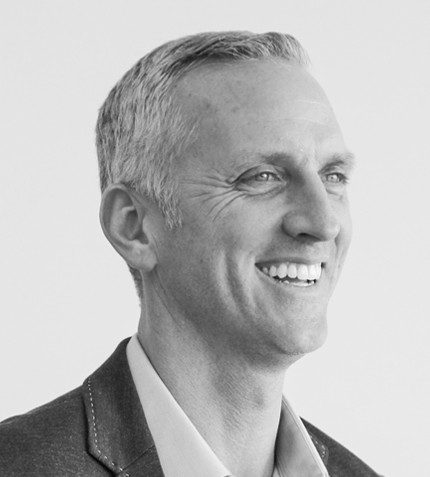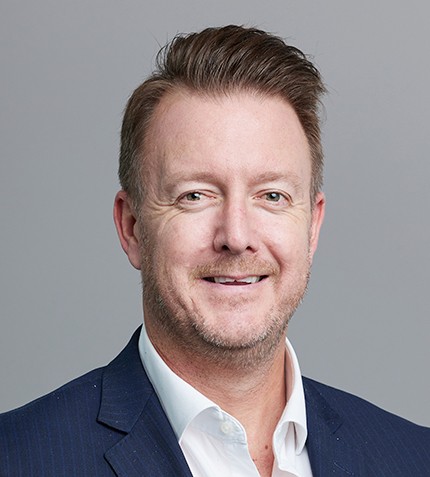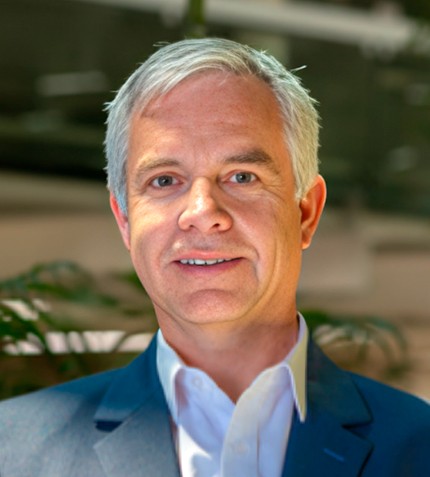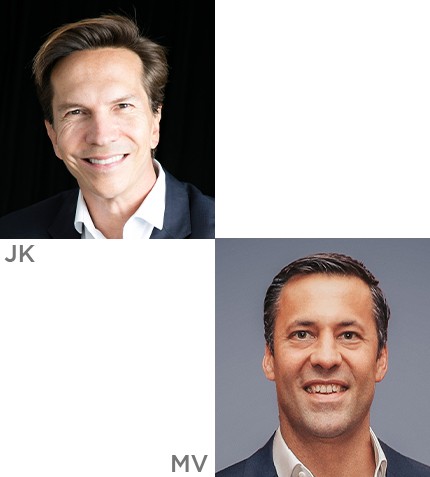
"Wrapping up Q1 in 2023 we are now above 80 employees with a facility that is cGMP production ready and actively manufacturing commercial PPQ batches for one of our biopharma clients."
Cory Lewis
CEO, PRESIDENT AND CO-FOUNDER, INCOG BIOPHARMA SERVICES
Can you introduce INCOG BioPharma Services (INCOG) and the key milestones since the firm’s creation?
INCOG is a new standard of CDMO that offers drug product fill finish contract manufacturing. I had the idea for INCOG in 2019 after taking a year sabbatical from 20+ years in the CDMO industry. In February 2020 we kicked off the capital raising process, and by September 2020 we closed our Series A financing. By December 2020, we purchased a 16-acre piece of land and a year later we took occupancy in what is today our 90,000 sq/ft facility. By May of 2022, we installed our first OPTIMA multi-use filling line, which can fill close to 40 million units of vials, syringes, or cartridges per year. Between May and December of 2022, we spent time validating the filling line and by the end of 2022 we ended the year with 62 people on the team and were recognized as one of the “Best Placesto Work in Indiana”. Wrapping up Q1 in 2023 we are now above 80 employees with a facility that is cGMP production ready and actively manufacturing commercial PPQ batches for one of our biopharma clients. These commercial PPQ batches will accelerate an FDA audit we expect to have completed in early 2024. Additionally, we are kicking off an expansion with a second high-speed syringe/cartridge filling line that is due to be installed in 2024, moving our capacity to 140 million units per year. We are complementing the line with additional equipment that supports automated inspection, and we continue to make investments in device assembly capability to support auto-injectors and pen systems. Beyond fill finish manufacturing, our services also support Development, QC, Inspection/Labeling/Packaging, Device Assembly, and Storage.
What issue did you plan to address when you started INCOG?
It was apparent that the sterile injectable space was challenged with the age-old problem of outpacing demand and a lack of supply. Our research and experience saw the sterile injectable market growing between 10-15% annually,projecting the market to be at least US$10 billion by 2030. In addition to the lack of capacity, we learned from our past experience that there was also a problem with our industry meeting the customers’ expectations for quality and service
How will the facility help customers scale up formulation and filling production?
We are seeing two types of demand. First, clinical: phase 1/2/3 programs, and then second, commercial. Our world-class facility and state-of-the-art technology allow us to support both equally. For example, a biopharma company will most likely do phases 1/2 in a liquid vial to get through clinical as quickly as possible, but as they start to get to phase 3 or commercial they will want to find ways to migrate from the vial to a pre-filled syringe to better meet the needs of the patient. Because of our unique capabilities, INCOG can easily help the clinical program not only get to the market quickly in a vial, but eventually transition to the preferred method, prefilled syringe, by the patient. Agility and flexibility are a key differentiator for INCOG when partnering with biopharma companies to bring their drugs to the patients successfully.
What value does digital manufacturing bring to your operations?
Embracing digitalization is becoming increasingly important for CDMOs looking to optimize their operations and stay competitive in a rapidly evolving industry. By leveraging digital tools like Veeva, Kneat, Blue Mountain, Agilent, and SAP, we can stay competitive in a rapidly evolving industry. For example, Veeva QMS allows us to move from back-and-forth emails and calendar task management into a single digital tool that allows our clients and INCOG to manage change control, deviation, and audits all in a single online portal. Manufacturing historically has been lagging in terms of digitalization, and since we are a greenfield company, we were able to build our systems and process around these digital tools to more easily share data, collaborate on projects while maintaining security, and provide real-time support to our customers.
How do you see 2023 shaping up for US-based CDMOs?
A key challenge for biopharma firms post COVID is making sure their products aren’t drastically impacted by thenever-ending supply constraints and logistic challenges. To accomplish this, CDMOs are going to need to provide strong solutions for providing manufacturing and supply redundancy to biopharma companies who have historically only leveraged a single CDMO for manufacturing or vendor for supplying components. As for the global economy, we will see a slowdown in biopharma investment. That slowdown is beneficial for CDMOs as biopharma companieswill continue to advance their molecules, but slow down their investment to manufacture in-house, which meansthey will be outsourcing at an even higher rate.
What makes Indiana an attractive emerging hub for the life sciences industry?
Since selecting Fishers, IN in September 2020, there have been eight additional life science companies who have committed to investing over US$750M in Fishers. For example, Stevanato Group, a large component supplier for our industry, is building a 500,000 sq/ft facility. Indiana is a growing hub for several other practical reasons: we have the second largest hub in the US for FedEx, plenty of warehouse distribution and warehouse capability, and you can access the entire continental US within a 5-hour flight.
Lastly, there are several associations such as BioCrossroads, who are helping advance Indiana’s signature strengths in the life sciences. Indiana leads the US in pharmaceutical exports, and Eli Lilly announced US$2.1 billion expansion in Indiana. San Diego, San Francisco, and Boston are leaders on the R&D front, on the manufacturing side, bring it to Indiana!










